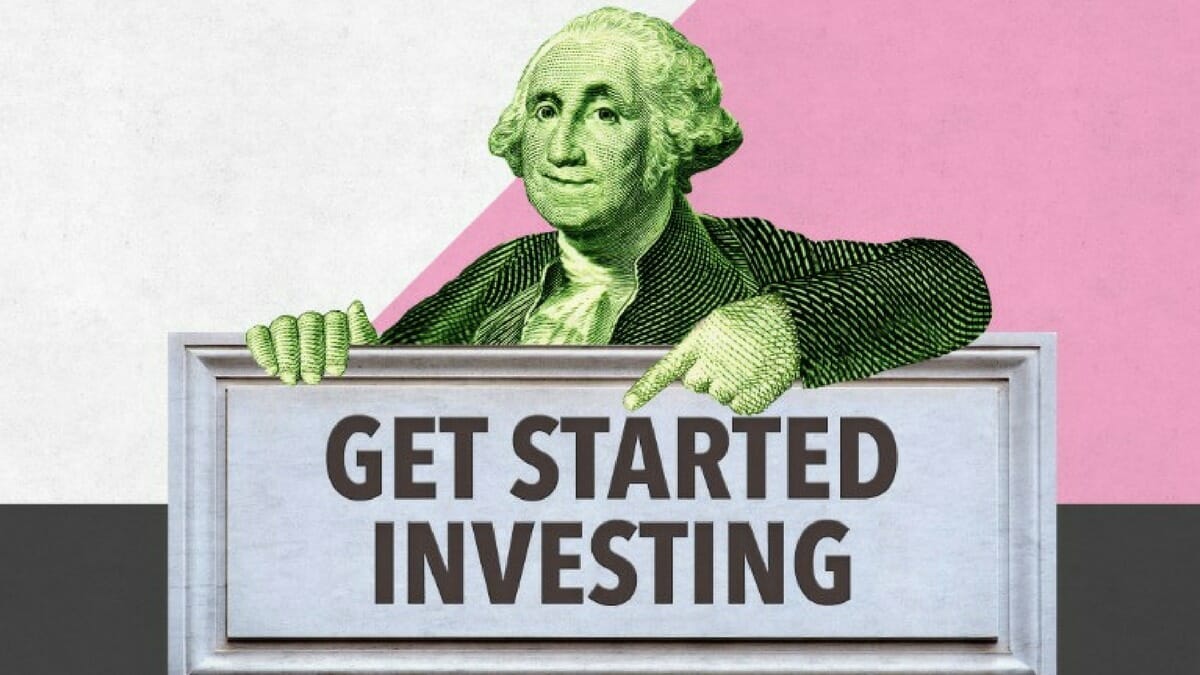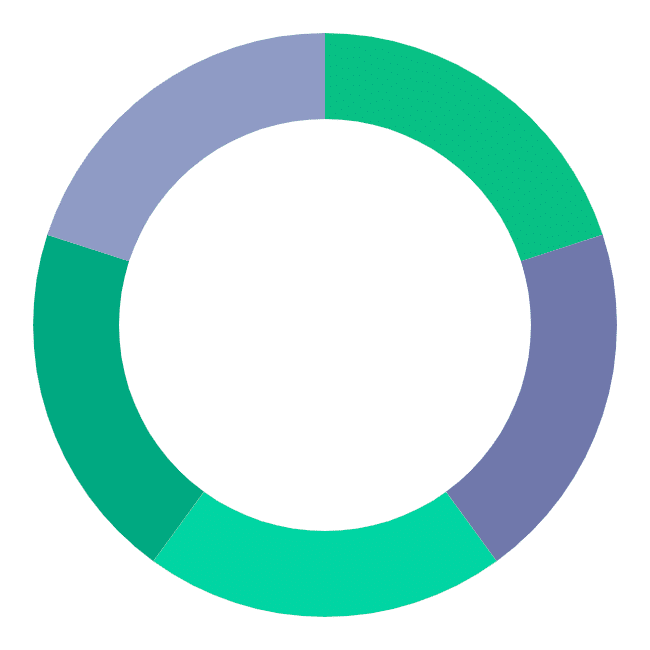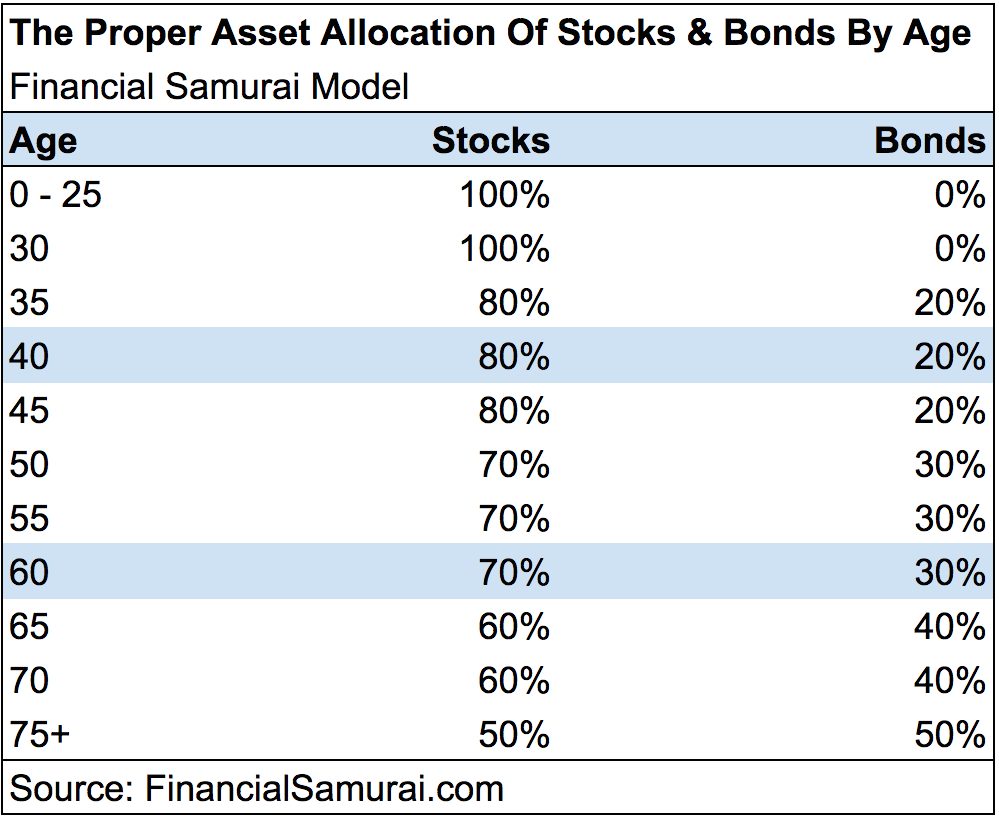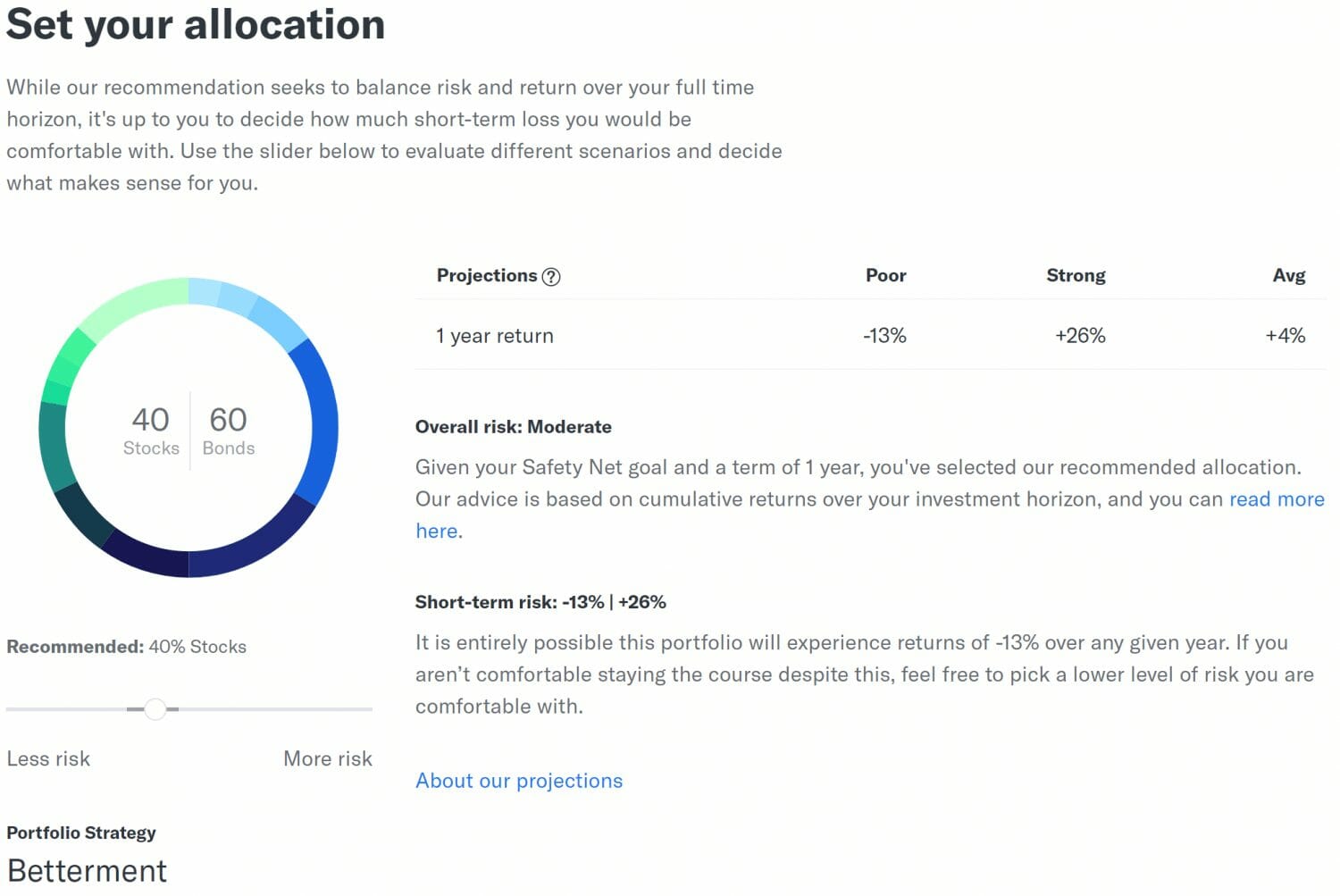
Sotofinance: EP 2 Investing For Beginners! (Live Broadcast)
by Tj Sotomayor March 4, 2021 0 commentsLets Get It!
By: Tommy “Tj” Sotomayor
A Beginners Guide to Simple Investing
By Candice ElliottUpdated on September 14, 2020Listen Money Matters is reader-supported. When you buy through links on our site, we may earn an affiliate commission. How we make money.

TABLE OF CONTENTS
There are many different aspects to personal finance, but the one that is most intimidating is investing. Investing has a language all its own; people get paid lots of money to do it for us; there are lots of different kinds of investing and ways to do it. And probably the scariest thing for most of us, it’s our money, our future, we’re talking about.
Investing is non-negotiable if you want to grow your wealth, achieve your financial goals, and have enough money to comfortably retire one day. Saving money is not enough and not the same as investing. And don’t think that Social Security will be enough to retire on.
While the government assures us that Social Security will be around when it’s time to retire, it’s best not to rely too heavily on others when planning how to live out some of the most vulnerable years of our lives. The average retirement benefit for a retired worker is roughly $16,380 per year.
Do you think you could live on less than $20,000 a year?
A Beginners Guide to Simple Investing00:00
Listen to the show every Monday, for free:
But anyone can learn the basics of investing, and while you can deep dive into the subject, you don’t have to do that in order to become a successful investor.
By the time you finish reading Investing for Beginners, you will have all of the knowledge you need to start investing. And if you’re worried that you don’t have enough money to invest, don’t worry about that either. If you have $1, you can start investing.
Ready? Good! Let’s get investing.
Why You Must Invest
Maybe you are a super saver. You are frugal and don’t live beyond your means. At the end of every month, you have a hefty sum left in your checking account which you promptly transfer to your savings account. Good for you! This puts you ahead of many other people.
Only 40 percent of Americans would pay an unexpected $1,000 expense, such as a car repair or emergency room visit, from savings. That figure is consistent with the range of 37 to 41 percent seen in surveys from 2014 through 2018.
But saving money is not the same thing as investing money, and if you’re only saving and not investing, you’re making a big mistake. Don’t believe it? Let’s do a little math using an online calculator.
An initial amount of $1,000 goes into a savings account and an additional $200 a month is added. The money earns 1% interest (which is generous, many savings accounts offer interest rates well under 1%) and we leave it for 30 years.
For the second calculation, I used the same numbers except for the interest rate which I boosted up to 7%, the conservative average return you can expect over a long time horizon invested in the stock market.
This was the outcome:
- Savings account $83,618
- Investment account $227,467
That is the power of investing when it comes to growing your money.
Before You Invest
Perhaps you’re not a super saver and have debt on top of no savings. There are a few things you must do before you jump into investing for beginners. Create an emergency fund.
Ideally, the fund contains enough money to pay 3 to 6 months worth of basic expenses. That can take a while to build up so if you’re far from there, start with the goal of accumulating $1,000. That amount can put a strong barrier between you and a devastating financial setback.
By failing to prepare you are preparing to fail.Tweet This
Focus on cutting spending and making additional income until you save at least that first $1,000.
We get this question a lot, “Should I invest if I have debt?” It’s a good question but there isn’t a one size fits all answer.
The first consideration is what kind of debt you have. If it’s high interest like credit card debt, you should focus on paying that off first.
If the average interest rates on credit cards are in the mid-teens and the average conservative return on long-term investments is 7%, the math doesn’t favor investing. You’re paying out much more in interest on the debt than you can earn investing.
Consider a debt consolidation loan. You’ll borrow money at a lower interest rate (depending on your credit score) than you’re paying on your credit cards which you can use to pay the cards off.
The exception to this rule is for those of you who have the option of investing in an employer-sponsored 401k retirement account that offers to match. If you do, invest the minimum amount to get the matching because that is free money.
If you have low-interest debt like federal student loan debt, you should go ahead and start investing while just paying the monthly minimum on your student loans. Your interest rate is likely lower than the rate of return you can expect when investing, so the math does work out in favor of investing.
What’s considered low? An interest rate of 5% or less. If your rate is higher, consider refinancing for a lower rate. And the same rule applies. If the new rate is under 5%, go ahead and invest while paying the minimum loan repayment amount.
Get our best strategies, tools, and support sent straight to your inbox.
SIGN UP, IT’S FREE
Things You Can Invest In
This isn’t a comprehensive list but the basic things you can invest in as a new investor without doing a ton of learning.

A stock is a small share of ownership in a company. Companies issue stock in order to raise money or pay off debt. The price of a stock depends on several factors including a company’s performance and economic conditions.
A bond is like a loan to a company or government entity. You’re paid back for the loan in a certain number of years and in the meantime, you earn interest. Bonds are less risky than stocks but less lucrative.
Mutual funds are a variety of investments under the management of a company. You don’t choose the investments within the fund; the fund manager does that for you. This mix of investments provides diversity within your portfolio making mutual funds less risky than investing in individual stocks.
ETF stands for exchange-traded funds, they’re index funds, a basket of investments which can include stocks, bonds, and commodities. ETFs are bought and sold through a broker. An ETF provides diversification similar to a mutual fund and are easy to trade like stocks. Many people choose ETFs over mutual funds because the fees are usually lower.
A 401k is an employer-sponsored retirement account. Most plans are a mutual fund. There are tax advantages to a 401k.
Investors can buy various investments within an IRA, both a Traditional IRA and a Roth IRA. These are tax-advantaged retirement accounts.
Beginning investors may be surprised to learn they can invest in real estate without having to have thousands of dollars.
You can invest in an eREIT (electronic real estate investment trust) for just $500. And of course, there are more traditional forms of real estate investing like owning rental property.
If you’d like to see how it all comes together, here’s one example of how you can build an investment portfolio using the above asset classes.Ivy 5 Portfolio
This portfolio attempts to diversify your money by dividing it into stocks, bonds, commodities, and real estate in a way that mirrors the Ivy League endowment funds. It doesn’t attempt to mirror every move the endowment fund makes.

Invest in this portfolioLearn More
This is a straightforward allocation that splits equally in five ways. Or, to see how diversified you can get, have a look at the Ivy 10 Portfolio.
How to Choose an Investment
Choosing investments depends on your time horizon, how long before you need the money you’re investing.
Short Term: This is the money you need in less than five years. Typically money for things like a vacation or a wedding. Your emergency fund would also be considered short term money because you don’t know when an emergency will arise and need this money to be liquid.
Short term money is the money you can least afford to take risk with. The time horizon is not long enough to ride out the ups and downs of the stock market. This money should be held in a checking or savings account or other short term investment option.
Medium Term: This is money you expect to need in five to ten years. It may be for a down payment on a home or to purchase a rental property. You can afford to take a bit more risk with this money in hopes of a better return, especially if you don’t have a hard deadline for when you’ll need it.
A little risk could mean investing but with your allocation set to be weighted more heavily to bonds than stocks.
Long Term: This is money you won’t need for at least ten years. Typically this is retirement money and college money for your children. Retirement money should be invested in tax-advantaged retirement accounts until you’ve maxed out the contribution limits each year.
This money can also be invested in taxable accounts like a Betterment or Vanguard account. This is a good rule of thumb allocation.

Real estate is another investment option for long term money.
How Much To Invest
Well, the flippant answer is as much as you can, but that’s not realistic and not much fun either. Like so many things in the realm of personal finance, there is no definitive answer. But there are rules of thumbs and tools to help you determine how much you should invest.
A rule of thumb is that the minimum you should invest is 10% of your net (after tax) income. We feel that 10% is an excellent start, but up to 30% of your net income is even better. Part of your decision will be goal based too.
If you want to buy a home in an area with expensive housing prices, saving and investing 10% of your income may not be enough for a 20% down payment. You can play around with a calculator to get a ballpark number and base your saving and investing numbers on that.
The same is true for your retirement plan. It’s hard to predict decades out, but there are plenty of theories and calculators to help you plan. We like the 4% rule which is very straight forward, easy to understand, and according to its creator, a way to make sure you don’t outlive your money for at least 30 years.
Where to Invest
Great, you’re ready to start investing. These are the places to do it.
Brokerage Account: If you want to buy stock in individual companies, you’ll need to open a brokerage account. You can do that with companies like Robinhood, TD Ameritrade, or Fidelity. You need to do some research before buying stock in individual companies.
If you’re not sure where to start, start with what you know. You love Apple products? Great, go to Simply Wall Street and use their terrific site to research Apple.
There is nothing wrong with using some “play money” to buy a few individual stocks, but you’re not looking to become a day trader. You can also buy bonds through a brokerage account.
Mutual Funds: You can buy a mutual fund directly from a mutual fund company like Dimensional Funds, BlackRock, or T.Rowe Price. They can also be purchased through a bank or brokerage firm.
ETFs: You can buy ETFs through companies like Betterment, Wealthfront, and Personal Capital.

401k: Your employer may offer a selection of 401ks as retirement investment vehicles. A 401k can come with high fees. You can run the plans you have to choose from through Personal Capital’s fee analyzer to see just how much in fees each plan charges.
IRA: Betterment offers a Traditional IRA, Roth IRA, and SEP IRA.
Real Estate: Real estate is a great passive investment, and some experts suggest as much as 30% of your overall investment strategy. It can take a while for a beginning investor to work up to this, but you can invest in an electronic real estate investment trust through Fundrise.
If you’re a beginning investor but not a beginning saver and have enough money for a downpayment, you can take the easy route to own rental property through Roofstock.
Investing for Beginners: Priorities
As we wrote, this is not an all-encompassing list of investments or ways to invest but still. If you’re at Investing 101, it can be overwhelming. But you understand the importance of investing as soon as you can with the information you currently have.
So what do we recommend in that situation?
Max out your 401k, especially if your employer offers to match. That match is free money. Do be mindful of the high fees some 401ks charge. If the fees are outrageous or your employer doesn’t offer a 401k, open an IRA.
This can help you choose between a Traditional IRA and a Roth IRA. For those who are self-employed, you can open a SEP IRA. These numbers change slightly sometimes, but the 2019 maximums you can invest in a 401k is $19,000, an IRA is $6,000, and a SEP IRA is $56,000.
If you’ve done that and still have money to invest, open a Betterment account and set your asset allocation according to the chart we included above.
You have a little wiggle room based on your own risk tolerance, but more risk typically translates into higher returns. And because into every investment strategy, some real estate should fall, consider opening an account with Fundrise which you can do for just $500.
LMM Covers it All
We wrote Investing for Beginners to attract, you guessed it, beginning investors. We know how intimidating investing can seem, but we also know investing is essential if you want to build wealth. This article is a good appetizer and gives you enough information to get started investing.
But we have so much more, not just on investing but on pretty much any other aspect of personal finance you could think of. We cover budgeting, making more money, finding a job, dealing with debt, and every subject covered in this article but in much greater detail.
We want to teach people to take control of their finances on their own with no need to pay an expensive financial advisor. If you’re just finding us, join us. We want to be your financial friend for many years to come.








No Comments so far
Jump into a conversationNo Comments Yet!
You can be the one to start a conversation.Only registered users can comment.